Introduction of Radiochemistry And Environment
Radiochemistry and Environment Laboratory (RAS) was formed in 1984 and play an important role in environmental radioactivity measurement by focusing on problems related to natural and man-made radioactive contamination. This laboratory is equipped with counting facilities to analyse the activities of alpha, beta and gamma radionuclides in different type of samples such as water, food. grass. soil and oil sludge. Among these facilities are gamma spectrometry system, low background alpha/beta counting system, alpha spectrometry system and liquid scintillation counter. This laboratory has been accredited to MS ISO/IEC 17025:2005 for its gamma radioactivity testing in food. environmental and industrial samples.
Gamma spectrometry system
Gamma spectrometry system is used to measure the activity of a radionuclide, based on the energy and intensity of the gamma radiation emitted from that radionuclide. Every gamma emitting radionuclide has it owns characteristic energy which can be used for its identification. The intensity at such energy enables the activity concentration of a radionuclide in a sample to be quantified. Among the radionuclides that can be measured using this system are Cs-134, Cs-137, Ra-226. Ra-228. K-40 and Am-241.
Low backaround alpha/beta countina system
This counting sySTem is used to measure the total activities oT alpha/bela sources in samples such as drinking water, mineral water. smear test and soil. This system comprises of gas flow proportional detector filled with a mixture of methane and argon. Every alpha/beta particle emitted from the sample will cause the ionisation of gas molecules in the detector chamber which generate an electrical pulse that is converted into count rate.
Alpha spectrometry system
Alpha spectrometry system is used to measure the activity concentration of alpha emitting
radionuclide such as Po-210, U-234, U-235, U-238, Th-228, Th-230. Th-232 and Pu-239+240. Similar to
gamma radionuclide. every alpha radionuclide also has it owns characteristic energy which can be used for its identification. The intensity of the detected alpha particles is used to measure its activity concentration. Since alpha particle energies of many radionuclide differ by as little as 10-20 KeV which is near the resolution of silicon detector such radionuclide must be chemically separated prior to analysis. In order to avoid self-absorption of alpha particles within the sample, a thin-layer sample is prepared by deposition technique onto a metal disc prior to counting in vacuum chamber of an alpha spectrometry system.
Liquid scintillation analyser
This instrument is used to measure the activity of low energy beta emitters such as H-3. P-32 and S-35 in biological samples for internal dosimetry of radiation workers. Urine sample, for example, is introduced directly into the organic scintillator that emits the photon light when interacting with beta radiation. The intensity of detected photon light enables quantitative determination of the radionuclide in the sample.

